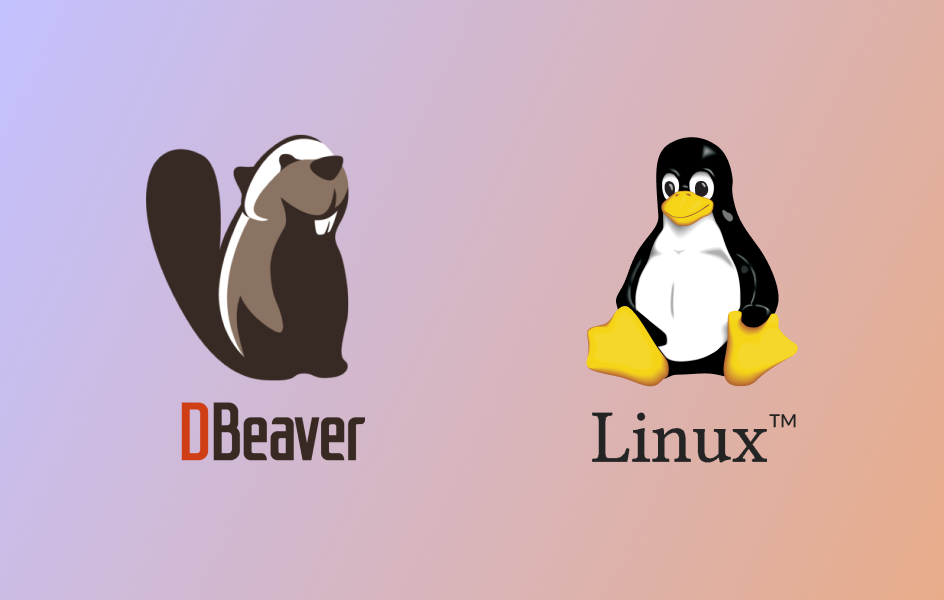How to install and use DBeaver in Linux
DBeaver is an open-source, free multi-platform database management software. It’s also an SQL client for developers and database administrators that has a user-friendly UI. It can be used as an alternative for MySQL-Workbench and PGAdmin to work with various databases, like MySQL, PostgreSQL, Greenplum, and others.
Read more








